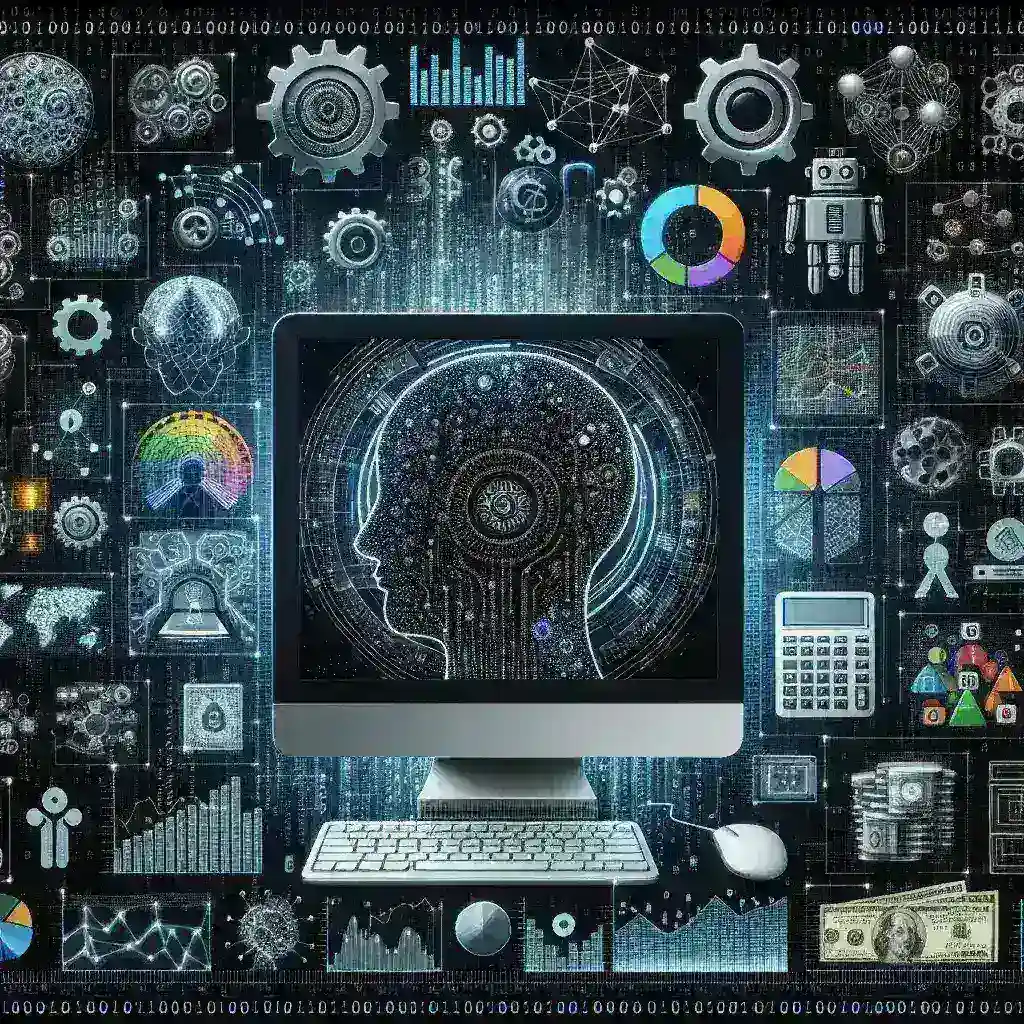The Role of the U.S. Federal Reserve in Economic Stability
The U.S. Federal Reserve, often referred to as the Fed, plays a crucial role in maintaining economic stability in the United States. Established in 1913, the Fed is responsible for controlling monetary policy, regulating banks, and ensuring the stability of the financial system. As the global economy continues to evolve, the Fed is researching innovative technologies to enhance its economic modeling capabilities.
Introduction to AI in Economic Modeling
Artificial Intelligence (AI) has made significant strides in recent years, transforming various sectors, including finance and economics. By harnessing machine learning algorithms and data analytics, AI-powered economic modeling tools can provide more accurate forecasts, identify trends, and analyze vast datasets more efficiently than traditional methods.
Historical Context of Economic Modeling
Traditionally, economic modeling has relied on mathematical equations and historical data to predict future economic conditions. However, these models often face limitations, such as assumptions that may not hold true in dynamic environments. As a result, many economists have been exploring AI as a way to augment their modeling approaches.
AI’s Potential Benefits for the Federal Reserve
- Improved Predictive Accuracy: AI algorithms can process large datasets and identify complex patterns that may be invisible to human analysts.
- Real-Time Analysis: AI-powered tools can analyze economic data in real time, allowing for quicker decision-making.
- Enhanced Scenario Simulation: AI enables the Fed to simulate various economic scenarios and assess potential outcomes based on current data.
- Risk Management: AI can enhance risk assessment by identifying potential economic threats before they escalate.
Current Initiatives by the U.S. Federal Reserve
The Federal Reserve is currently exploring various AI-powered economic modeling tools with the intent to integrate these technologies into their operational framework. Several initiatives are underway that leverage AI’s capabilities:
1. Data-Driven Decision Making
One of the primary focuses of the Fed is to utilize AI to facilitate data-driven decision-making processes. By applying AI algorithms to economic indicators, the Fed aims to gain deeper insights into economic trends and consumer behavior.
2. Collaborations with Tech Companies
The Fed has initiated collaborations with technology companies specializing in AI development. These partnerships are intended to enhance the Fed’s modeling capabilities, ensuring they remain at the forefront of economic analysis.
3. Internal Research and Development
Internally, the Federal Reserve is investing in research and development of AI tools tailored to meet its specific needs. This includes training staff on AI methodologies and developing in-house models that can integrate with existing economic frameworks.
4. Pilot Programs
To test the feasibility and effectiveness of AI tools, the Fed has launched various pilot programs aimed at analyzing economic data using AI. These programs will provide valuable insights and inform future implementations.
Challenges and Considerations
While the integration of AI-powered economic modeling tools presents numerous advantages, the U.S. Federal Reserve must also navigate several challenges:
- Data Privacy: Ensuring the privacy and security of sensitive economic data is paramount as AI tools process large volumes of information.
- Bias in Algorithms: AI models can inadvertently perpetuate biases present in the data they analyze, leading to skewed results.
- Integration with Existing Systems: Finding ways to integrate AI tools with existing economic modeling frameworks can be complex and resource-intensive.
Future Predictions and the Role of AI
As the Federal Reserve continues to explore AI’s potential in economic modeling, we can anticipate several future developments:
- Increased Use of Big Data: The Fed will likely leverage big data analytics more extensively, tapping into diverse sources for more comprehensive economic insights.
- Real-Time Economic Insights: As AI tools evolve, the Fed may be able to provide real-time economic insights, allowing for agile policy-making.
- Continuous Improvement of Models: AI’s iterative learning capabilities will enable the Fed to continuously refine its economic models based on new data and trends.
Conclusion
The exploration of AI-powered economic modeling tools by the U.S. Federal Reserve marks a significant step in the evolution of economic analysis and monetary policy. By embracing technological advancements, the Fed aims to enhance its decision-making processes and better navigate the complexities of the modern economy. As we look to the future, the integration of AI into economic modeling will likely play a pivotal role in shaping economic stability and growth.

